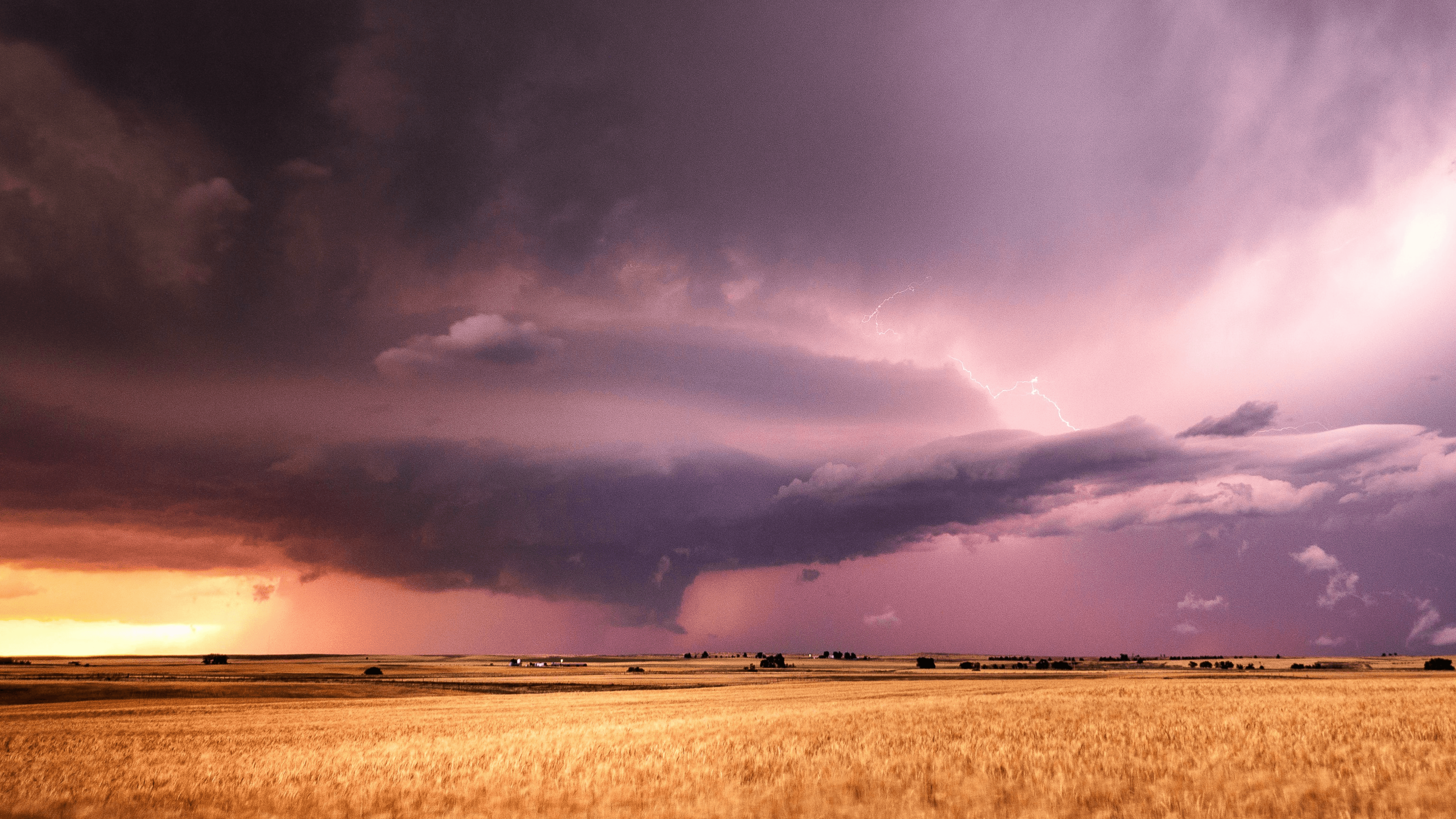
While climate change may not make tropical storms such as hurricanes, typhoons, and cyclones more frequent, climate-related factors such as warmer ocean temperatures and sea level rise mean storms are becoming more intense and more destructive. A warming climate also increases the likelihood of “rapidly intensifying” storms, which can be more unpredictable, leading to serious loss of life.
Since the 1980s, human-caused warming has increased the likelihood of a hurricane developing into a Category 3 storm or higher by nearly 8% each decade. This graphic from Climate Central illustrates this same point using Atlantic hurricanes from 2019-2023. In recent years, record-breaking heat has increased the chances of particularly active hurricane seasons, with the National Oceanic and Atmospheric Administration (NOAA) predicting a growing number of category 4 and 5 hurricanes in the years ahead.
One of the most striking things about tropical storms is their destructiveness. According to FEMA, the U.S. ranks first in the number of annual tropical cyclone impacts, and tropical storms account for over half of the total cost of all billion-dollar disasters since 1980, including the most deaths. If you live in a community vulnerable to tropical storms, view resources on how to prepare for potential hurricanes here.

